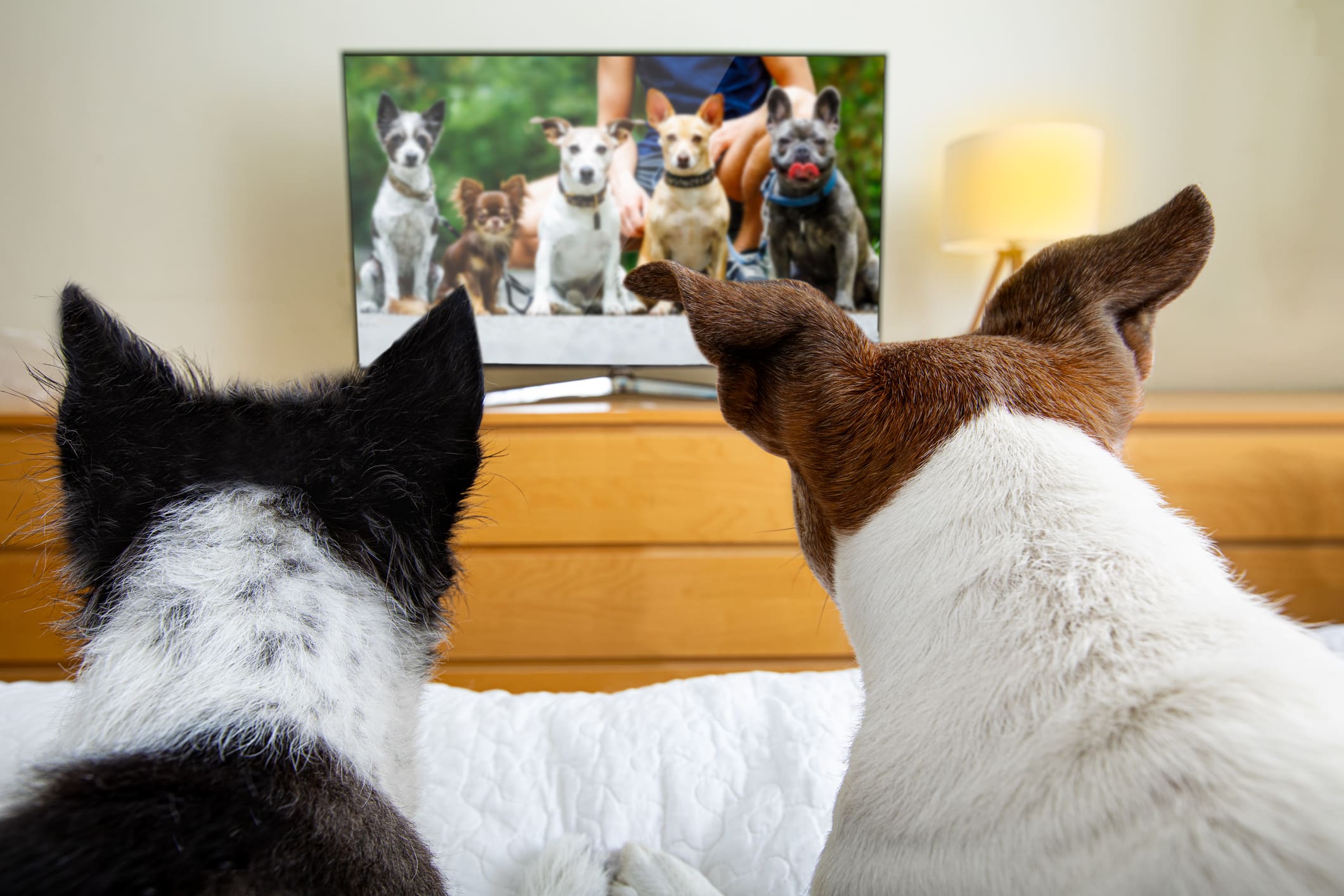Understanding Canine Reactions to Television
A recent study conducted by researchers at Auburn University has provided new insights into how a dog’s personality influences its reactions to television. The research, published in the journal Scientific Reports, is the first of its kind to explore how dogs interact with on-screen content based on their individual traits.
Led by Professor Jeffrey Katz, the team studied 453 dogs and surveyed 650 owners to develop a Dog Television Viewing Scale (DTVS). This scale helped capture the viewing habits of the dogs, with many owners confirming that their pets regularly watch television. Of the dogs studied, 300 were from American Kennel Club-recognized breeds, while 153 were mixed or non-AKC breeds.
The findings revealed that dogs are more likely to react to animal-related content on TV than to other types of stimuli. Approximately 45% of the dogs consistently responded to sounds like barking or howling. Excitable dogs, as described by their owners, were more likely to track moving objects on the screen, treating them as if they were real. Owners reported that these dogs often attempted to follow the objects or animals off the screen.
On the other hand, dogs with anxious or fearful temperaments tended to respond more to non-animal sounds, such as doorbells or car horns. The study found that these dogs were more likely to react to non-animal stimuli, indicating a different pattern of engagement with TV content.
Interestingly, the researchers noted that factors like age, breed, and prior exposure to television do not significantly influence a dog’s behavior when watching TV. However, older dogs appeared less likely to engage frequently with television, though they were just as attentive when they did. This suggests that older dogs may be less interested in TV due to their greater life experience.
These findings could help dog owners better understand their pets’ behaviors and tailor training methods to address any issues. The research also highlights the potential for using TV as a tool for mental stimulation and enrichment. “Such research can help fine-tune training and expand enrichment options for dogs,” the researchers stated. “It contributes to best practices for using TV to enhance the lives of companion dogs and inform welfare interventions.”
Lane Montgomery, a doctoral candidate at Auburn University, emphasized the importance of understanding what types of programming dogs respond to. “A dog’s interactions with televisions can be both positive and negative,” she said. “By knowing what types of television programming dogs respond to, dog television programming can be refined to what dogs are most likely to enjoy.”
With the increasing number of dog-specific TV programs, it’s clear that dogs are being exposed to media more frequently. However, whether a dog enjoys watching TV depends largely on its temperament and the content being shown. Understanding these factors is crucial, especially since television offers a unique sensory experience for dogs.
“Television offers dogs a unique sensory experience, providing mental stimulation through high contrast colors, animal content, nature sounds, and movement, which can lead to enriching experiences or stress,” the researchers noted. Depending on how dogs perceive images and sounds on TV, it can either enrich their day with mental stimulation or introduce stressors.
In shelters, added mental stimulation from TV could be beneficial for dogs. The findings suggest that TV could offer enrichment for dogs, whether at home or in shelters. By recognizing the role of a dog’s personality in their TV viewing habits, owners and caretakers can make more informed decisions about how to use television as a tool for improving canine well-being.






